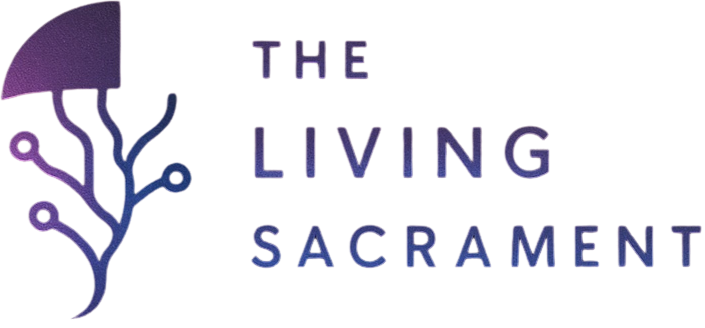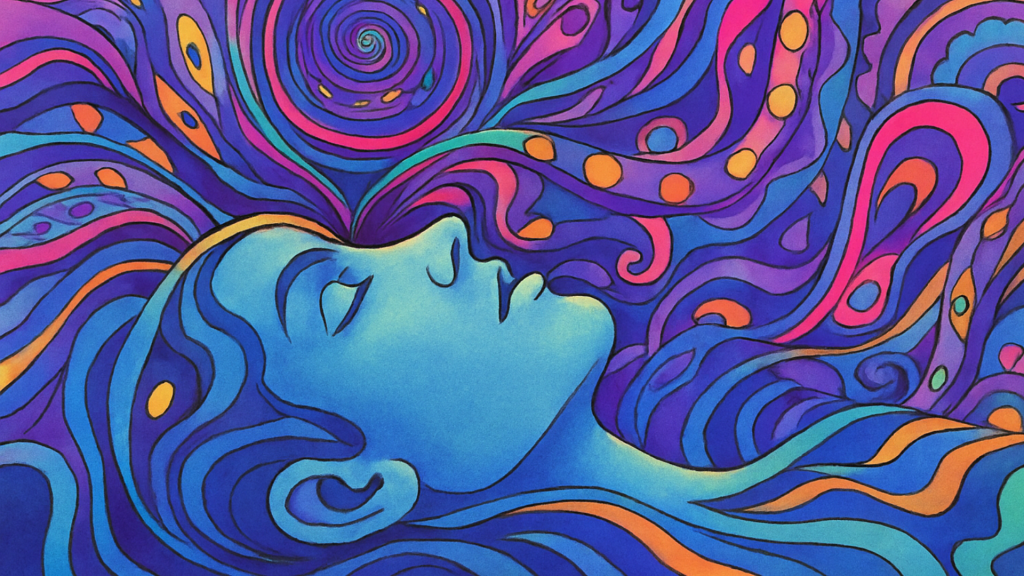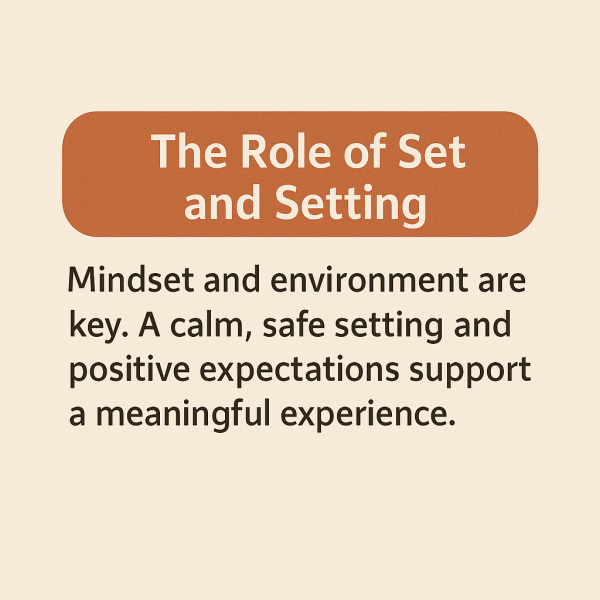The phrase “mushroom trip” is often used to describe the psychedelic journey that follows consuming magic mushrooms. While popular culture sometimes paints trips as wild, kaleidoscopic adventures, scientific studies show a more complex picture. A mushroom trip is deeply shaped by mindset, environment, and individual sensitivity. Let’s dive into what researchers and users say about these unique experiences.
What Happens During a Mushroom Trip?
The active compound in magic mushrooms is psilocybin, which is converted in the body to psilocin. Psilocin interacts with serotonin receptors in the brain, leading to altered perception, mood changes, and shifts in thought. The combination of these effects is what people call a trip.
In a study published on ResearchGate, 28 participants who consumed Psilocybe cubensis reported a variety of experiences. Common themes included:
- Changes in time perception: Minutes felt like hours, or hours like minutes.
- Visual effects: Brightened colors, geometric patterns, and objects seeming to breathe.
- Emotional shifts: Euphoria, awe, and at times anxiety or confusion.
- Spiritual insights: Feelings of connectedness and meaning.
Phases of the Trip
A typical mushroom trip unfolds in stages:
- Onset (20–40 minutes): Early effects like lightness, heightened senses, or slight anxiety.
- Peak (1–2 hours): Intense visuals, altered thought patterns, and emotional depth.
- Plateau (2–4 hours): The experience stabilizes, often with a mix of calm reflection and ongoing visuals.
- Comedown (4–6 hours): Effects fade, sometimes leaving a sense of calm, fatigue, or afterglow.
The Role of Set and Setting
Research emphasizes that a mushroom trip is not only chemical—it’s psychological. “Set” refers to your mindset going in, while “setting” is your environment. Calm, safe surroundings and positive expectations increase the chance of a meaningful experience. Chaotic settings or anxious states make negative experiences, or “bad trips,” more likely.
Insights and Aftereffects
In addition to temporary changes, many participants in the ResearchGate study reported lasting impressions. They described their trips as significant for personal growth, emotional release, and a deeper sense of meaning. Other scientific reviews echo this, showing that psilocybin can inspire reflection and changes in outlook well beyond the trip itself.
How Long Does It Last?
A mushroom trip typically lasts 4 to 6 hours, with lingering aftereffects like tiredness or reflection that can stretch into the next day. Compared to LSD, which can last 8 to 12 hours, a mushroom trip is shorter but still long enough for a meaningful journey.
Final Thoughts
A mushroom trip is not a one-size-fits-all adventure. Science shows that while visuals and time distortion are common, the meaning and emotional depth vary widely. Set, setting, and dosage all play major roles. For many, the trip is more than entertainment—it becomes a catalyst for insight, growth, and a fresh perspective on life.
Sources
- Escobar, A. et al. Psychological Explorations of the Magic Mushroom (Psilocybin) Experience, Part I: Subjective Effects and Time Passage Perception. ResearchGate.
- ScienceDirect. The trip treatment. New Scientist, 2022.


